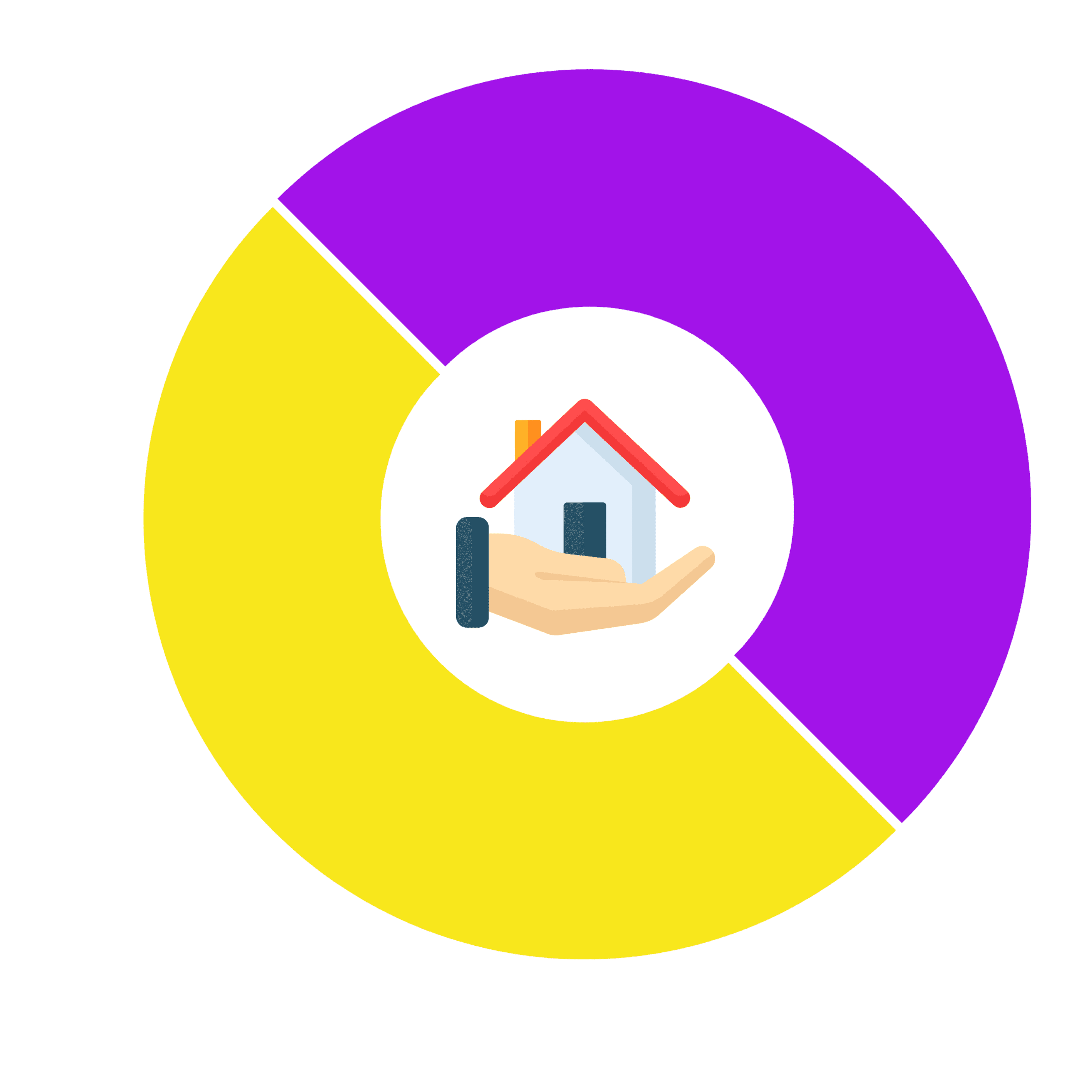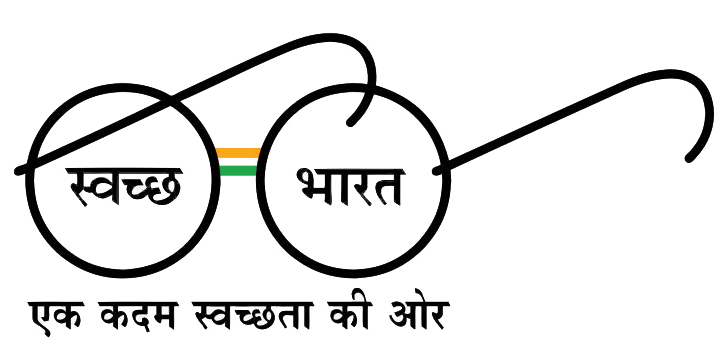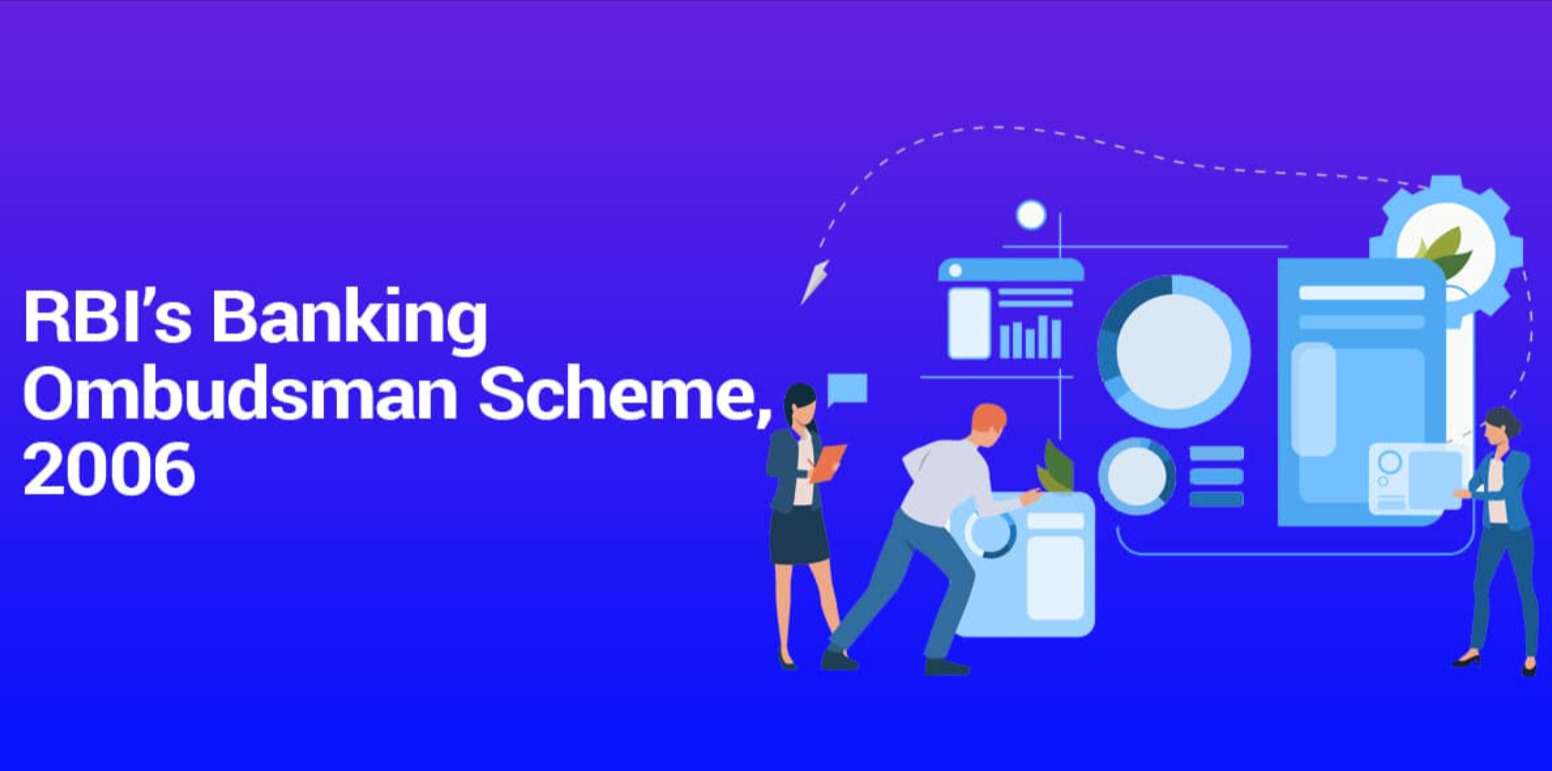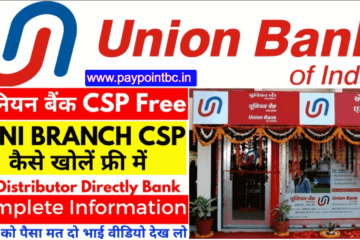In this article, I am going to talk about few terms which are being used in The Indian Banking Sector & and those terminology are the Banking Ombudsman scheme of 2006, NEFT (National electronic fund transfer), DBT (Direct Benefit Transfer) and Money Laundering so let’s start now,
Banking Ombudsman Scheme 2006: –
First of all let’s talk about Banking Ombudsman scheme, It created a body that uses the banking ombudsman to enable resolution of complaints with respect to banking services so if you are not satisfied as a customer of a bank with the kind of service csp of sbi you are getting then you can go ahead and complain about it
to the banking ombudsman of India, An organization is banking codes and standard boards of India so it is an independent banking industry watchdog that is it regulates or monitors whether certain standards in banking are being made or not, it ensures adherence to banking codes and Standards so there are various codes and standards established by the government of India and Reserve Bank of India etc.
this particular body that is BC SBI ensures that all banks are adhering to them it is not a department of Reserve Bank of India and also it does not have any judicial powers that is if BC SBI finds out that there are certain mistakes for a bank is violating certain codes and Standards the body itself cannot punish the bank it will recommend a penalty to the Reserve Bank of India which has the power to penalize the banks,
READ MORE:- How to apply for Fino payment bank CSP.
NEFT (National electronic fund transfer): –
Now let’s talk about NEFT which is a very popular word in the banking industry so it is a nationwide system that facilitates firms individual and corporates to electronically transfer funds from any bank branch to any individuals firm of corporate having an account with any other bank branch in the country,
It is using the electronic platform to transfer funds from one place to the other place so for NEFT 2 lacs is the upper limit which can be transferred within 24 hours or one day,
For Greater amounts, we have what is called a real-time gross settlement system or simply RTGS, so it is a continuous settlement system of funds where transfer of money or securities takes place from one bank to another on a real-time and gross basis once processed the payments under RTGS are final and irrevocable,
DBT (Direct Benefit Transfer):-
Another terminology is direct benefit transfer that is DBT or you can also say direct cash transfer scheme of the Government of India so this is an anti-party program launched by the government of India on 4th January of 2013 it aims to transfer subsidies directly to the people living below poverty line under this scheme
the subsidies are not transferred to the sellers for example earlier we had ration shops earlier subsidies were transferred to these fair price shops or ration shops, now what is happening is we removed the need of such shops and we transfer the subsidy directly to the bank accounts of individuals so that they can buy food, etc. from any other shop of their choice,
READ MORE:- How to apply for NSDL Payment Bank CSP In 2023.
Money Laundering: –
Now let’s try to understand the concept of money laundering but this is a financial transaction that aims to hide the identity source and destination of illegally obtained money, so money laundering is the process by which we hide the identity or the source of where the money is coming from,
this money is usually illegally obtained for example through drug smuggling, robbery, etc. so money is made to go through certain processes that this illegally obtained money is final pumped into the legal economy of the country and example is, of course, the Hawala scam, as far as India is concerned India has a specific csp online money laundering law that is the prevention of money laundering act of 2002,
FAQ
What are the terminologies used in banking?
There are many terms used in the banking industry that are important for individuals to understand. Some of the most common terms include:
- Interest rate: The amount charged by a lender to a borrower for the use of money.
- Loan: A sum of money borrowed by an individual or organization, to be repaid with interest.
- Deposit: Money placed into a savings or checking account with a bank.
- ATM: Automated Teller Machine, a machine that allows bank customers to perform transactions such as cash withdrawals, deposits, and transfers.
- Debit card: A card linked to a checking or savings account, used for making purchases and withdrawals.
- Credit card: A card that allows individuals to borrow money from a bank to make purchases, with the intention of paying back the amount borrowed, plus interest.
- Balance: The amount of money remaining in a bank account after transactions have been processed.
- Overdraft: An amount of money withdrawn from a bank account that exceeds the available balance, resulting in a negative balance.
- APY: Annual Percentage Yield, the total amount of interest earned on a deposit account, expressed as a percentage of the account balance.
- FDIC: Federal Deposit Insurance Corporation, a U.S. government agency that provides insurance coverage for depositors in the event of a bank failure.
- SWIFT: Society for Worldwide Interbank Financial Telecommunication, a global financial messaging network used to securely transfer money and other financial messages between banks.
- EFT: Electronic Funds Transfer, a secure and convenient method of transferring money between bank accounts using electronic means.
READ MORE:- Full Information:-How to Apply For SBI CSP in 2024.
What is bank guarantee terminology?
A bank guarantee is a financial instrument used to provide assurance to a third party that a debt or obligation will be fulfilled. Here are some of the key terms associated with bank guarantees:
- Beneficiary: The third party who receives the benefits of the bank guarantee.
- Obligor: The party who is obligated to fulfill the debt or obligation outlined in the bank guarantee.
- Issuing bank: The bank that issues the guarantee and assumes responsibility for its fulfillment.
- Counter-guarantee: A guarantee provided by another bank to the issuing bank, to support the issuance of a bank guarantee.
- Tenor: The duration of time for which the bank guarantee remains in effect.
- Call option: A feature that allows the beneficiary to request payment from the issuing bank if the obligor fails to fulfill their obligation.
- Performance bond: A type of bank guarantee that is often required in construction or procurement contracts, to ensure that the work is completed in accordance with the terms of the contract.
- Financial guarantee: A type of bank guarantee that is often used to support bonds, loans, or other financial instruments.
- Irrevocable: A feature of bank guarantees that means that they cannot be cancelled or revoked without the consent of all parties involved.
- Payment under protest: A payment made by the issuing bank under a bank guarantee, with the intention of resolving any disputes between the parties.
- Expiration: The date on which the bank guarantee expires and is no longer in effect.
READ MORE :- How to apply for the central bank of India CSP?
What are the main components of Indian banking system?
The main components of the Indian banking system are:
- Reserve Bank of India (RBI): The central bank of India, responsible for managing the country’s monetary policy, issuing currency, and supervising the banking sector.
- Commercial Banks: These are the main providers of banking services to individuals and businesses, including deposit taking, lending, and money transfers. Examples include State Bank of India (SBI), HDFC Bank, ICICI Bank, and Axis Bank.
- Regional Rural Banks : These banks were established to provide credit and banking facilities to the rural areas, where commercial banks were not able to reach. They are owned by the Government of India, sponsors, and local cooperative banks.
- Cooperative Banks: These banks are owned and controlled by their members, who are also their customers. They are involved in deposit taking, lending, and other financial services.
- Small Finance Banks : These banks were granted licenses by the RBI in 2015, with the objective of serving the unbanked and underserved segments of the population, including low-income households, small businesses, and farmers.
- Non-Banking Financial Companies : These institutions provide various financial services, including lending and investment, but do not have a banking license. Examples include Bajaj Finance, HDFC Limited, and Shriram Transport Finance.
- Payment Banks: These banks were granted licenses by the RBI in 2015, with the objective of increasing financial inclusion and providing basic banking services, including deposit taking, remittances, and bill payments, to the unbanked and underserved segments of the population.
- Foreign Banks: These are banks that are incorporated outside India but have a presence in the country through branches, subsidiaries, or representative offices. Examples include Citibank, HSBC, and Standard Chartered
What are the common terminology?
Common banking terms include:
- Deposit: Money deposited into an account, such as a savings or checking account.
- Loan: Money borrowed from a bank or financial institution, usually with the promise of paying back the borrowed amount plus interest.
- Interest: The cost of borrowing money, usually expressed as a percentage of the amount borrowed.
- Credit: The ability of an individual or organization to borrow money, or the amount of money available for borrowing.
- Debit: A decrease in the balance of a bank account, usually resulting from a withdrawal, purchase, or payment.
- ATM: Automated Teller Machine, a machine that provides basic banking services, including cash withdrawals, deposits, and balance inquiries.
- Electronic Funds Transfer (EFT): The transfer of money between bank accounts using electronic means, such as ATM machines, online banking, or mobile banking.
- Online Banking: A service that allows customers to access their bank accounts and perform transactions using a computer or mobile device.
- Mobile Banking: A service that allows customers to access their bank accounts and perform transactions using a mobile phone or tablet.
- Overdraft: An overdraft occurs when a customer withdraws more money from their account than they have available, resulting in a negative balance.
- Credit Card: A plastic card that allows the holder to borrow money from the issuing bank up to a pre-approved limit, usually for the purpose of making purchases or cash withdrawals.
- Debit Card: A plastic card that allows the holder to access the funds in their bank account for the purpose of making purchases or cash withdrawals.
So, as I have explained a few of some terminology in the Indian banking sector I hope this article was helpful for you, Thank you.
ध्यान दें :- ऐसे ही सरकारी योजनाओं BANKING RELATED जानकारी हम आपतक सबसे पहले अपने इस Website के माधयम से पहुँचआते रहेंगे paypointbc.in, तो आप हमारे Website को फॉलो करना ना भूलें ।
Note:-ऑफलाइन आवेदन के लिए आप अपने नजदीकी बैंक शाखा से संपर्क कर सकते हैं, आप जिस बैंक की मिनी ब्रांच खोलना चाहते है उस बैंक में जाए और मैनेजर से बात करे।
अगर आपको यह आर्टिकल पसंद आया है तो इसे Share जरूर करें ।
इस आर्टिकल को अंत तक पढ़ने के लिए धन्यवाद,,,
नीचे दिए गए सोशल मीडिया के आइकॉन पर क्लिक करके आप हमारे साथ जुड़ सकते हैं जिससे आने वाली नई योजना की जानकारी आप तक पहुंच सके|
APPLY FOR ALL BANK CSP :- BOOK NOW






